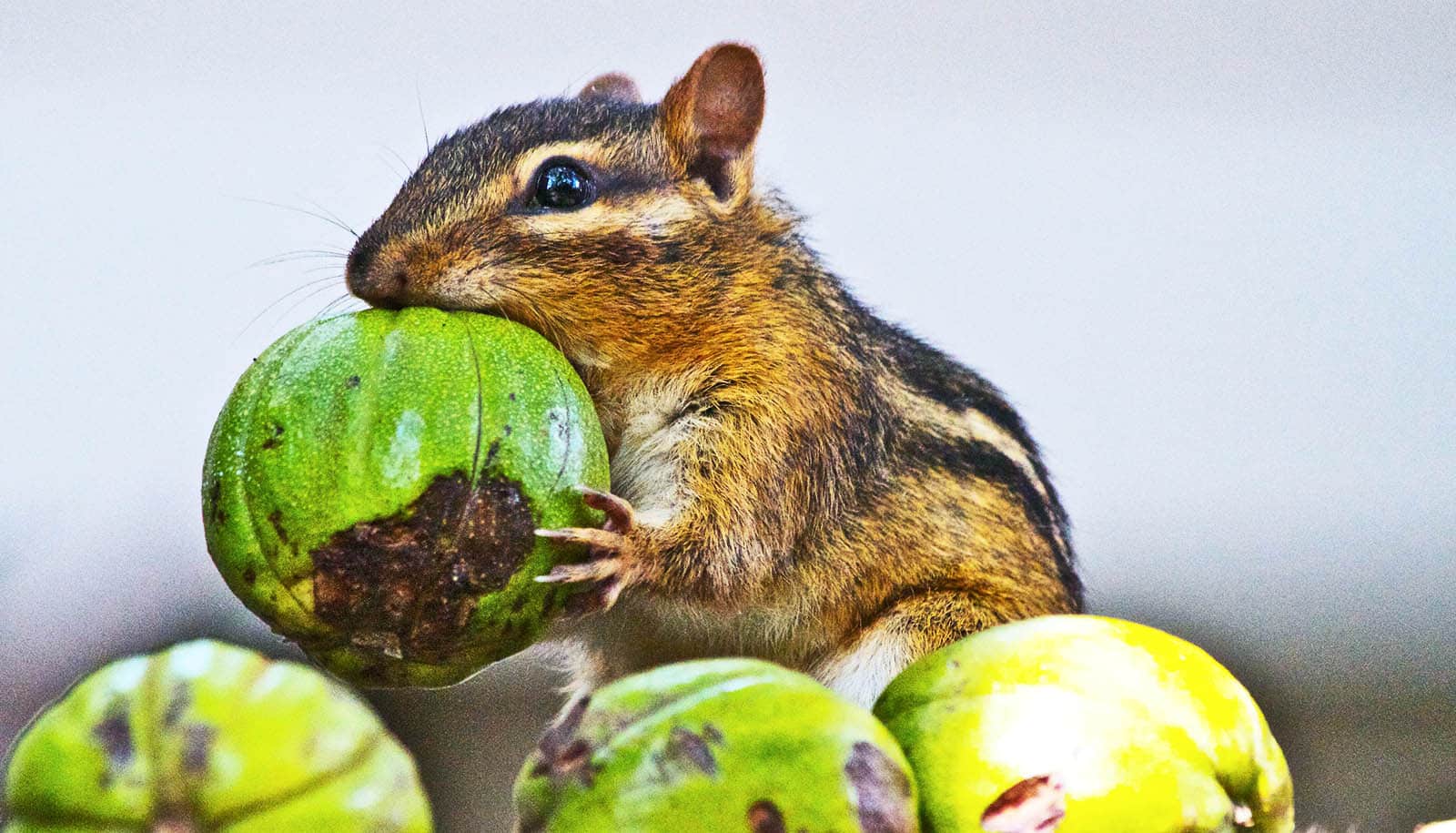Many animals combine multiple strategies to beat the cold, research finds.
Animals have three main strategies to survive the freezing temperatures of winter: migrating, remaining in place and resisting the cold, and reducing body temperature and metabolic rate in a state called torpor.
Biologists often study these cold-survival strategies in isolation and treat them as mutually exclusive alternatives: An animal species is described as either migrating or hibernating (torpor includes both dormancy and hibernation), for example.
Warm-bloodedness is a cold-resistance strategy used by mammals and birds, but some of these creatures also use a combination of migration and torpor. For example, many high-latitude bats and birds such as swallows, hummingbirds, and warblers use both migration and torpor, explains University of Michigan evolutionary biologist Giorgia Auteri explains.
Sometimes, strategies are split among members of a species. Some blue jays may migrate south while most stay put, and individual eastern chipmunks may shift from torpor to cold resistance when food caches are abundant. The common green darner dragonfly exhibits tradeoffs between migration and torpor, with more northern populations being exclusively migratory.
“Each cold-survival strategy exists not as a binary but on a spectrum,” says Auteri, who proposes an integrated conceptual framework for examining cold-survival strategies in a paper in the journal Biology Letters.
“Separate treatment of these strategies misses opportunities to identify broader patterns and mechanisms and eliminates the possibility of discoveries that require comparisons across strategies,” says Auteri, who primarily studies bats.
Bergmann’s rule
Among other applications, the proposed conceptual framework helps resolve discrepancies in Bergmann’s rule, which refers to the trend of larger animal body size at higher latitudes. This trend purportedly facilitates cold resistance due to the lower surface area-to-volume ratio among larger animals.
However, small mammals and migratory birds deviate from Bergmann’s rule. A reassessment of this deviation under an integrated framework for cold-survival strategies recognizes that species can use seasonal migration or torpor as alternatives to cold resistance.
“This proposed framework, which considers cold-survival strategies collectively, resolves the mystery of why some taxa ‘break’ the rule,” Auteri says. “Small mammals do not follow the rule well because they often use torpor instead of resistance. Migratory birds conform less strongly because, like small mammals, they use an alternative—migration.”
Freezing temperatures are inherently challenging for life, which is water-based. Cold-survival strategies for animals are fundamentally about surviving energy deficits imposed by reduced solar energy in the winter, with freezing temperatures and subsequent reduced productivity—including food availability.
Cold strategy framework
How species cope with these conditions fundamentally shapes ecological and evolutionary processes. But until now, there has been no comprehensive conceptual framework for cold-survival strategies, according to Auteri.
In the article, Auteri proposes a framework with four components for conceptualizing and quantifying cold-survival strategies. She argues that cold-temperature resistance, torpor, and seasonal migration should be considered collectively; that species can, and commonly do, use multiple strategies; that each of the three strategies exists on a spectrum, permitting partial use; and that species can exhibit proportional use, where the use of one strategy correspondingly decreases other strategies.
Auteri says the new integrated conceptual framework can also be applied to the study of animal responses to anthropogenic climate change.
For example, expected species range shifts are often evaluated based on whether an animal uses hibernation or resistance or torpor as its cold-survival strategy. The proposed framework encourages biologists to study those strategies together when assessing a species’ sensitivity to climate change.
In addition, the new conceptual framework can be leveraged to answer questions involving capacities for colonizing high latitudes, adaptive tradeoffs, disease dynamics, niche partitioning, bioenergetics, and how changes in seasonal regimes affect ecological networks, Auteri says.
During part of the time Auteri spent working on the framework, she had support from the Helen Olsen Brower Memorial Fellowship, awarded by the university’s department of ecology and evolutionary biology.
Source: University of Michigan

